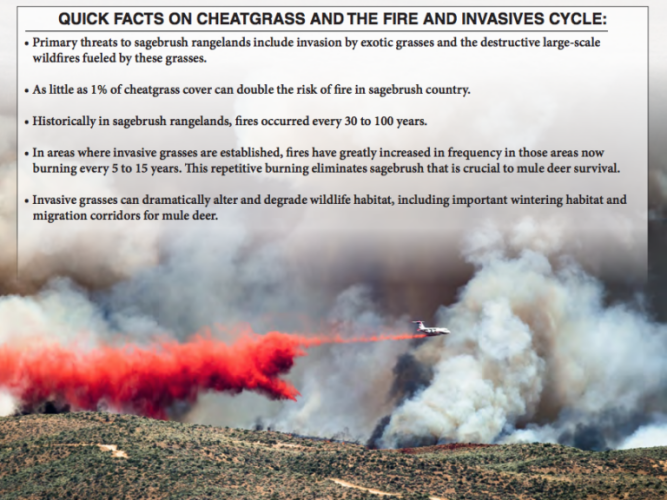BigHornRam
Well-known member
Keeping Debehe on the Mountains - Tahltan Central Government https://share.google/DzMjrPM0xt6CHPK12
Good video within the link by one of the Cabela family heirs. His guide, Dawson, was a young 20 something guide when I hunted Stone sheep in 2002. Nice guy, and good to see he is still doing it today.
Good video within the link by one of the Cabela family heirs. His guide, Dawson, was a young 20 something guide when I hunted Stone sheep in 2002. Nice guy, and good to see he is still doing it today.






